Is Electric Heating Eco-friendly?
Determining whether or not electricity is an efficient and ecologically responsible means to heat a home还应该包括最初的电力生产。燃烧化石燃料发电的效率只有30% -60%。此外,输电线路的损耗也很大,因此,电热的整体能源效率因地点和当地电力生产来源的不同而有很大差异。
Heating with electricity from renewable resources like wind, solar or hydroelectric is far cleaner than electricity generated by burning fossil fuels, such as coal or gas fired generation plants. Thankfully the percentage of green electricity in the US is on the increase with renewable generation provided a new record of 742 million megawatthours (MWh) of electricity in 2018, nearly double the 382 million MWh produced in 2008. Renewables provided 17.6% of electricity generation in the United States in 2018.
Nearly 90% of the increase in U.S. renewable electricity between 2008 and 2018 came from wind and solar generation. Wind generation rose from 55 million MWh in 2008 to 275 million MWh in 2018 (6.5% of total electricity generation), exceeded only by conventional hydroelectric at 292 million MWh (6.9% of total generation). Which is all good news for reducing the carbon footprint of our energy needs.
This compares to Canada, where around 67% of Canada’s electricity comes from renewable sources and 82% from non-GHG emitting sources - Canada is the world’s second largest producer of hydroelectricity.
The thing with Electric heating though in new or renovatedGreen high efficiency homesand when looking forheating zero energy homes当可再生能源发电占总发电量的比例增加时,供暖系统的碳足迹也会默认减少。
Electric heat sources:
Heating with electricity is not defined by justnoisy baseboard heatersor an electric forced-air furnace. The efficiency and BTUs delivered through electric radiators, furnaces, convection heaters or boilers for hydronic radiant floors all fall within the category of ‘electric heat’, and are all equally efficient on a BTU per watt basis. They are also equal in efficiency to the heat input you would get from an electric stove, a hair dryer, a toaster or even an electric heating pad around a sore neck.
How any of these devices or appliances deliver heat will have some impact on efficiency, but that has more to do with how well it is distributed. Heating your entire home with electric radiators spread throughout a house will be only slightly more efficient than turning on your oven and opening the door, but that is only because heat is then concentrated in one area and therefore there is a slight increase in heat loss through walls near the source, or as warm air rises up and escapes through a stove hood. Centralized heat sources like that also leave some areas of the home cooler, and as most people tend to keep a house at a base temperature, it is more likely to create hot spots in a house, particularly those that aren’t well-insulated.
Given the same input of energy, the amount of heat added to a house through any source of electric resistance heat (like a toaster or electric stove) is equal to the heat delivered by conventional electric heating systems. Walking around your house with a hair dryer would be no less efficient (except in effort exerted) than operating an electric furnace. Even a running computer or charging cellphone will add the same number of BTUs per watt to your home as something you would consider an actual ‘heater’.
A heat pump powered by electricity and not gas would also qualify as electric heat; this is the one exception to the rule of equal efficiency as it is not electric resistance heat, but electricity is powering a condenser and a fan. See ourvideo explanation of how heat pumps workfor greater detail.
Types of electric resistance heaters:
Forced-air electric furnace:
While cheaper than an oil furnace, this is not a cheap or efficient way to heat with electricity. On top of the cost of the furnace and duct work (which can be quite expensive), operation requires not only generating heat, but energy is also required to distribute that heat throughout your home. Heat loss can occur through ducts in spaces that you don't intend to heat, further reducing overall efficiency.
Electric furnaces will also require regular maintenance, filter replacements and duct cleaning. These costs should also be considered. Expect a lifespan of between 15 and 20 years.
为了获得电炉的最佳性能,适当的尺寸很重要,但并不一定越大越好。对于给定的空间来说,太大的炉子将更快地完成其加热循环,在其启动阶段花费更多的时间,而不是其最大效率运行水平。小炉子更便宜,所以这是一个双赢的局面。
Electric baseboard heaters:
Electric baseboard heaters have elements that generate heat, which is then distributed through a convection process. Heated air rises through metal fins, while cold air is drawn in through the bottom.
Baseboard heaters can be controlled in a zone system, with thermostats in each room. This can help reduce overall consumption by enabling you to keep temperatures lower in infrequently used areas.
底板加热器的最佳位置是在窗户下面,因为在那里你会有最大的热量损失。同样重要的是,它们要安装在地面以上一英寸的位置,以允许空气从底部进入。
Electric convection heaters:
A convection heater is similar to a baseboard heater, but with a fan attached. So again, there is no difference in efficiency, but a difference in delivery. They can heat a room quicker than baseboards and they will distribute heat more evenly, but on the other hand, the added air movement can stir dust more than baseboards, just as a furnace would. And depending on the decibel output of a particular unit, it will possibly add an element of noise as well.
在底板和对流加热器之间的选择只是一个购买成本和个人喜好的问题,而不是效率的问题。它们有点贵,因为它们有移动部件,但不要被卖给对流加热器,常见的误解是它们提供更大的效率。
Electric radiant floors:
Heating cables can be run under both tiles and engineered hardwood. This is not a cheap system to install, but it is a very comfortable way to deliver heat. Radiant in-floor heat can also be achieved throughhydronic heating systems, which when heating with water from an electric boiler again offers the same number of BTUs per watt but this type of system really needs to be installed when houses are built.


















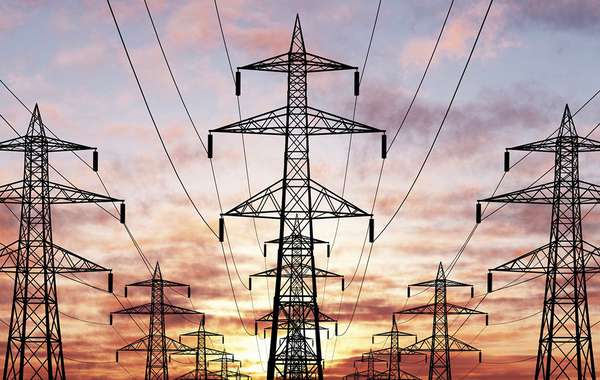
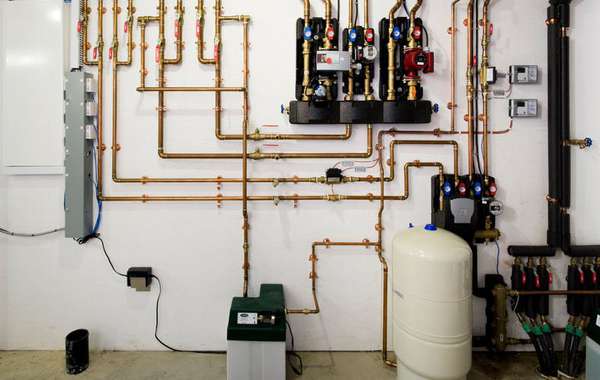
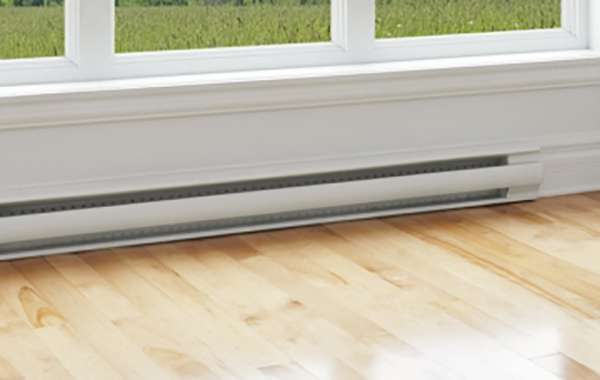
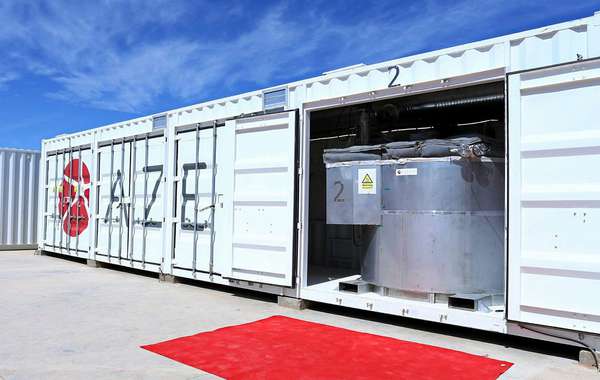
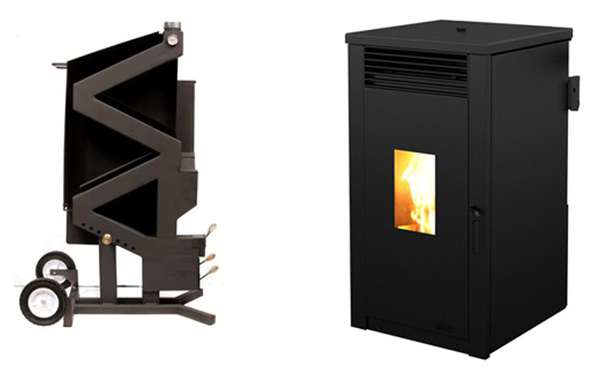
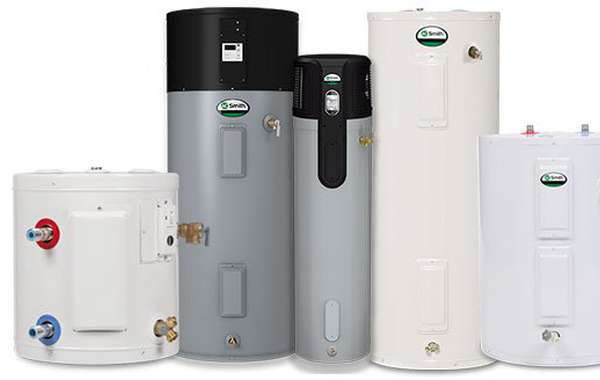
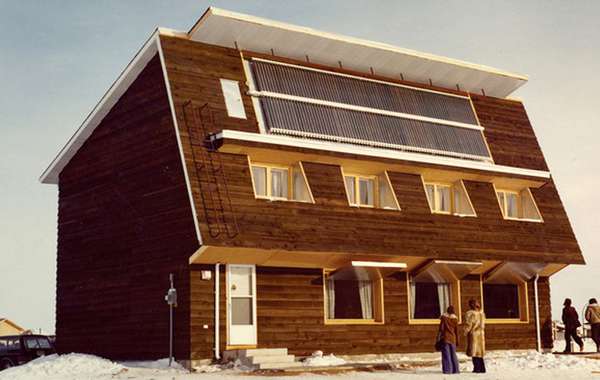
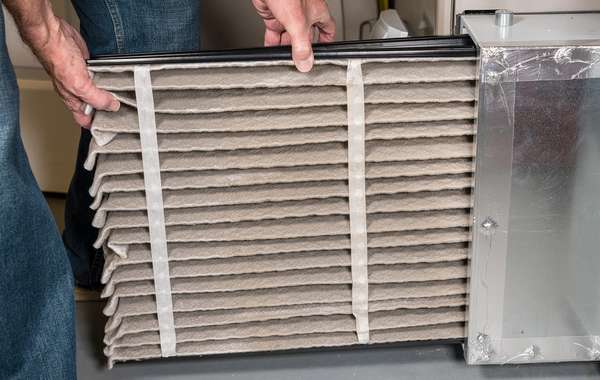
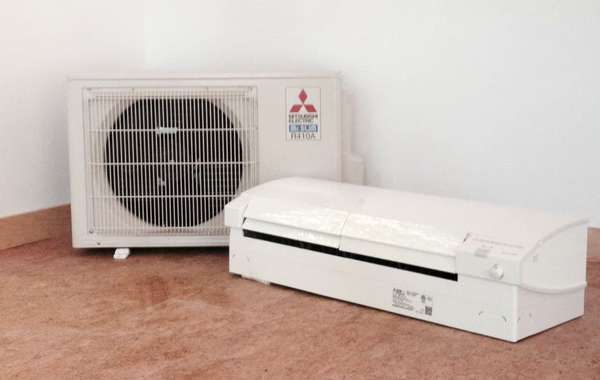
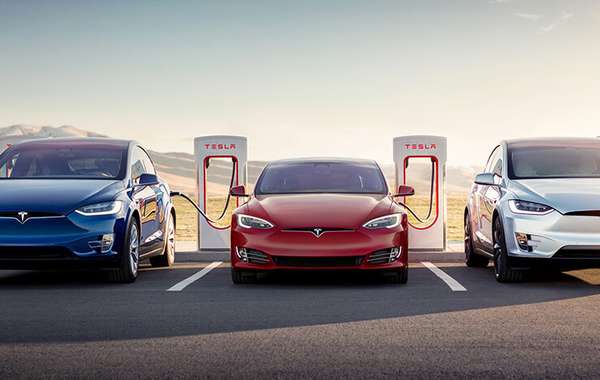
Mike - the image with the article states it is an "electric radiator" - but this is not one of the types in the article.. am I missing something?
嗨,安德鲁,为了完全准确,它将很好包括“对流”这个词清晰的图像,谢谢。那些你将看到的讨论,它们只是不同于踢脚板的形状,但它的性能是相同的。有些,比如这款,通常会有一个集成风扇,可以更好地分配热量,但这和把风扇放在踢脚板前没什么区别。它仍然是电阻加热。
What about electric boiler for domestic hot water and heat pump (air to water) for hydronic heating?